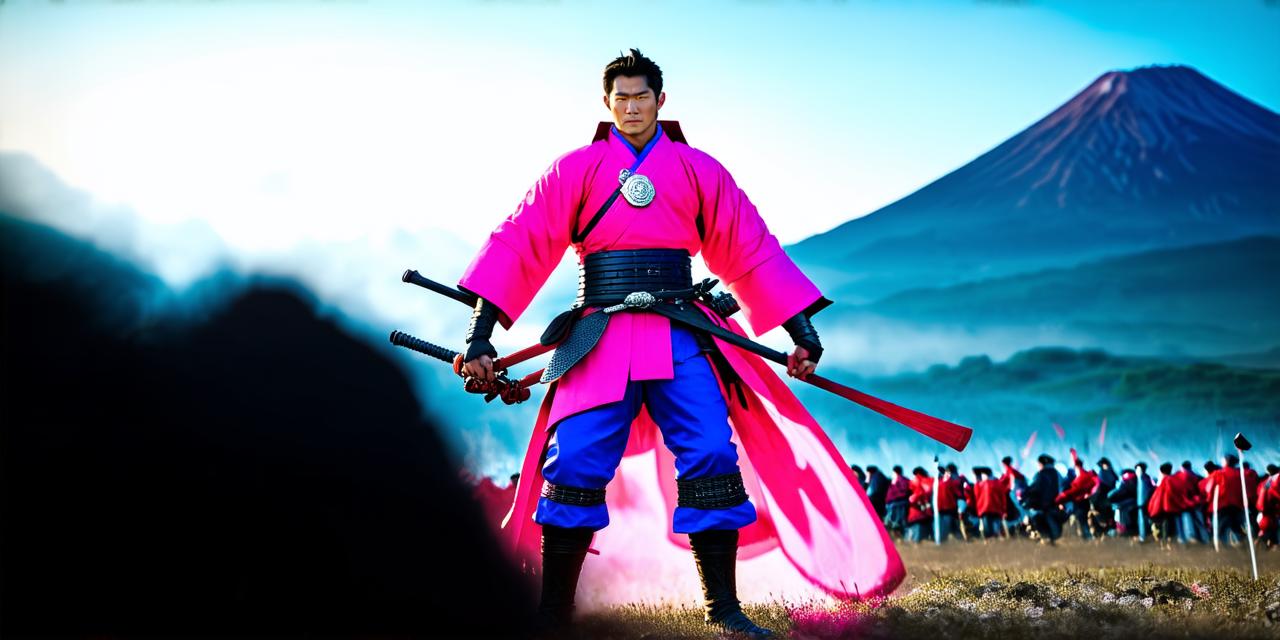Understanding the Game Design Process at Nintendo
The Game Design Process at Nintendo
Nintendo has a unique approach to game design that is based on creativity, innovation, and collaboration. The company’s game design process involves several key stages that are designed to ensure that each game is carefully crafted and polished before it is released to the public. These stages include:
-
Conceptualization: This stage involves brainstorming ideas for new games and exploring different themes, genres, and mechanics. During this stage, the team creates a rough sketch of the game’s concept, including its main characters, setting, and gameplay mechanics.
-
Prototyping: In this stage, the team creates a working prototype of the game. This prototype is used to test different ideas and mechanics and to refine the game’s core mechanics.
-
Design Documentation: During this stage, the team creates a detailed design document that outlines the game’s concept, mechanics, levels, characters, and other important details. This document serves as a roadmap for the development process and helps to ensure that everyone involved in the project is on the same page.
-
Development: This stage involves bringing the prototype to life by creating the game’s assets, including its graphics, sound effects, and music. The team also fine-tunes the game’s mechanics and balances the difficulty level to create a fun and engaging experience for players.
-
Testing: In this stage, the team tests the game extensively to ensure that it is free from bugs and glitches. They also gather feedback from beta testers and other stakeholders to make any necessary adjustments to the game.
-
Localization: This stage involves translating the game into different languages and adapting it for different platforms, such as consoles, mobile devices, and PCs.
-
Marketing: During this stage, the team creates a marketing campaign to promote the game and generate excitement among potential players. This may involve creating trailers, advertisements, and social media campaigns.
-
Launch: In this final stage, the game is released to the public and players can begin to enjoy it. Nintendo continues to monitor the game’s performance and make any necessary updates or improvements based on player feedback.
Key Principles of Game Design at Nintendo
Nintendo has several key principles that guide their game design process. These principles include:
-
Fun is first: Nintendo believes that the most important aspect of any game is that it be fun for players to play. The company’s designers focus on creating engaging and entertaining experiences that keep players coming back for more.
-
Innovation: Nintendo is known for its innovative approach to game design, with many of its games featuring unique mechanics and gameplay elements that set them apart from other games in the market.
-
Collaboration: Nintendo places a strong emphasis on collaboration between designers, programmers, artists, and other stakeholders involved in the development process. The company believes that by working together, they can create better games that are more polished and enjoyable for players.
-
Quality: Nintendo is committed to delivering high-quality games that are well-crafted and polished. The company’s designers pay close attention to detail, ensuring that every aspect of the game is of the highest quality possible.
-
Accessibility: Nintendo believes that games should be accessible to as many people as possible, regardless of their skill level or experience. The company strives to create games that are easy to pick up and play, but difficult to put down.
Real-Life Examples of Successful Game Design at Nintendo
Nintendo has created many successful games over the years, each with its own unique design elements and mechanics. Some examples of successful game design at Nintendo include:
-
Super Mario Bros.: This classic game introduced players to the world of Mario and established Nintendo’s reputation for creating fun and engaging games. The game’s innovative platforming mechanics and charming characters have made it one of the most beloved games of all time.


